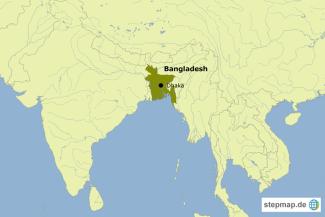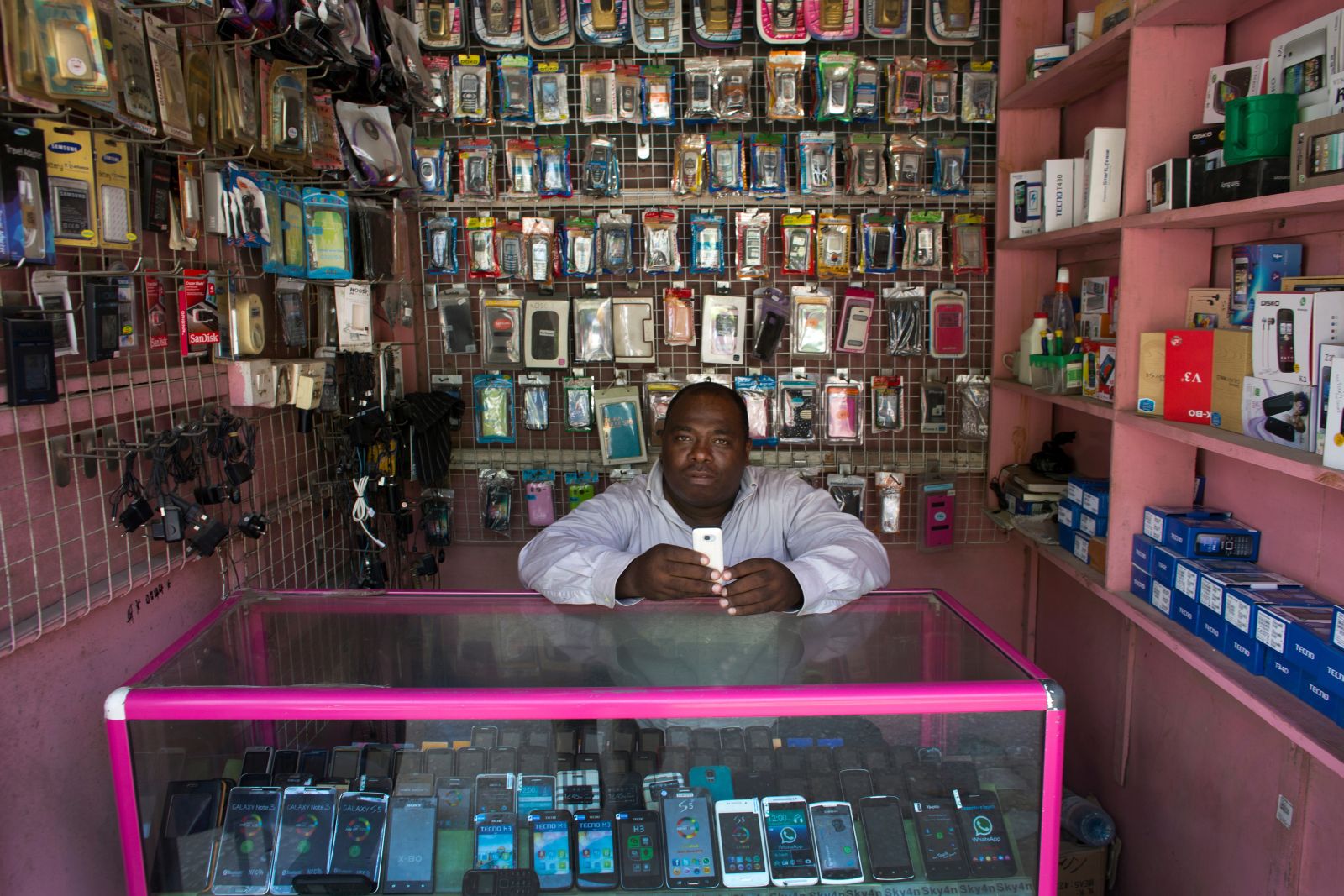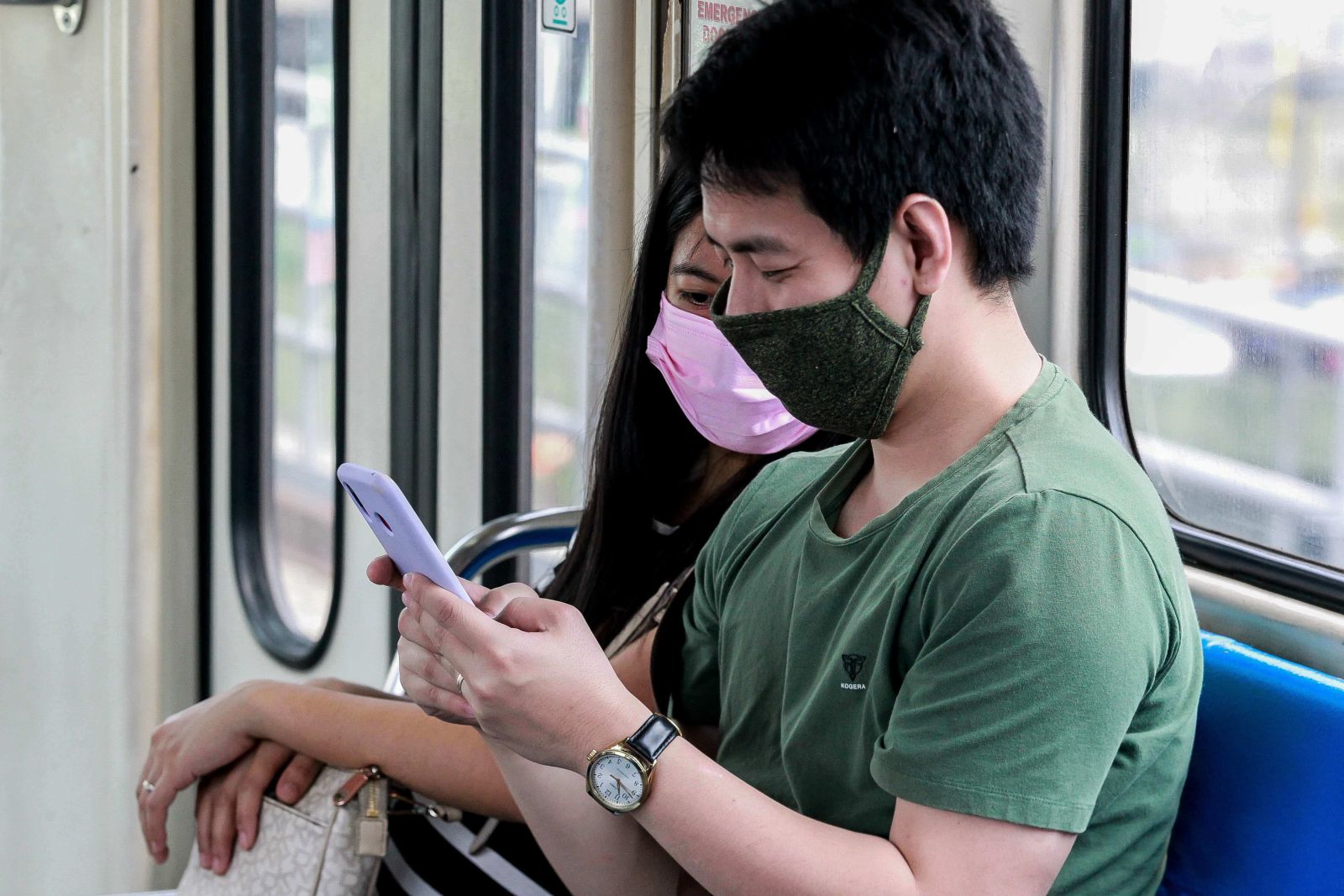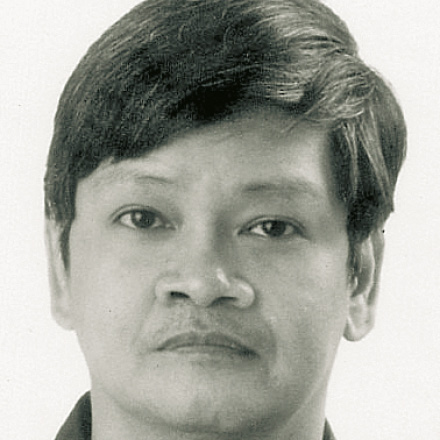Technology
Digital Bangladesh

Mannan Choudhury is a 21-year-old student at Dhaka University. He lived in the north-eastern city Sylhet until last year. When his mother was hospitalised there in December, he couldn’t come back to Dhaka to submit his admission form at the university personally, so he submitted it online.
Today, digital communication is nothing unusual in Bangladesh. Since 2007, the government has been digitalising public services, implementing its Access to Information Programme (a2i). a2i is supported by the UNDP and USAID and steered by the Prime Ministers’ Office. The overall objective is building a “digital nation” through delivering services via mouse click. The programme aims to improve the quality of public services, widen access to them and decentralise the delivery, while ensuring responsiveness and transparency at the same time.
The a2i programme marked a change of outlook within the government. It embraced information and communication technology (ICT) as a powerful enabler for the nation’s socio-economic transformation. It uses the slogan “Digital Bangladesh”. In public-private partnerships guided by the Ministry of Education, a2i has so far established 500 multimedia classrooms in secondary schools and trained about 4500 teachers.
The digital revolution has also reached the farmers in the countryside: For over 200 years, “purjee” was sent out to sugar-cane farmers on a piece of paper. “Purjee” is the notification to provide a local sugar mill with a certain amount of cane – usually 1200 kg – on a specific date. Faruq Miah, a farmer and community leader, recalls that purjee papers often only arrived late, at unpredictable points in time. Documents would sometimes get lost or end up “in the hands of unscrupulous, better connected farmers” who were keen to have their harvest processed first. Faruq says that the farmers who got their notification late lost income and, in extreme cases, “would not be able to sell their harvest at all”.
In the meantime, electronic notification or “e-Purjee” has been introduced. It is a simple, cost-effective solution. An e-Purjee is a purchase order by text message. Sugar mills all over the country send them to farmers in the crushing season. With advisory and technical support from a2i, the 15 state-owned sugar mills in Bangladesh have been using the system since 2011/12. It has improved the lot of farmers.
Khadija Farhana is a development communication professional and freelance journalist. She lives in Dhaka, Bangladesh.
tithefarhana@gmail.com











